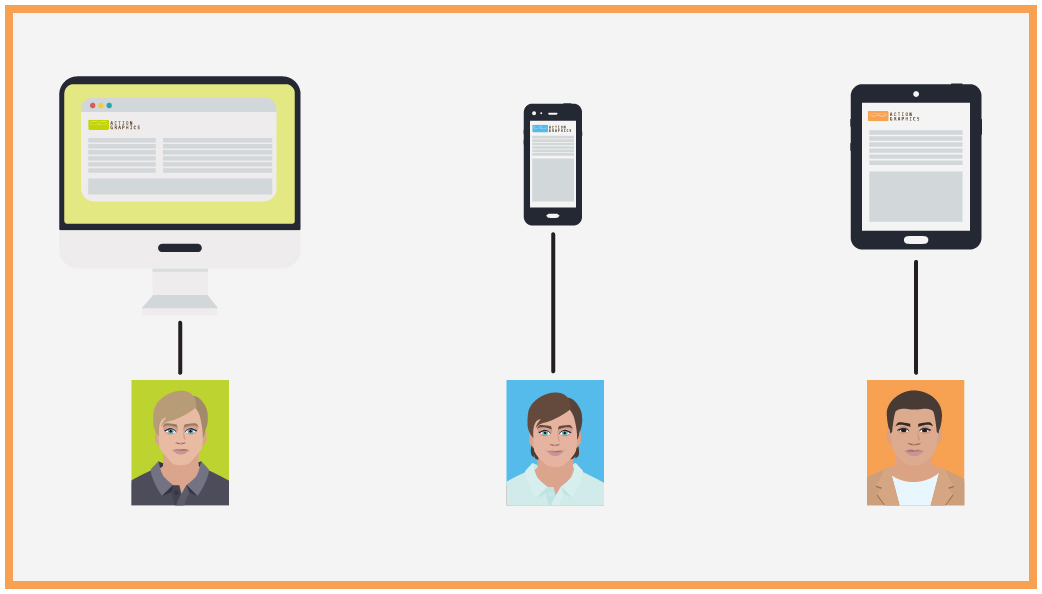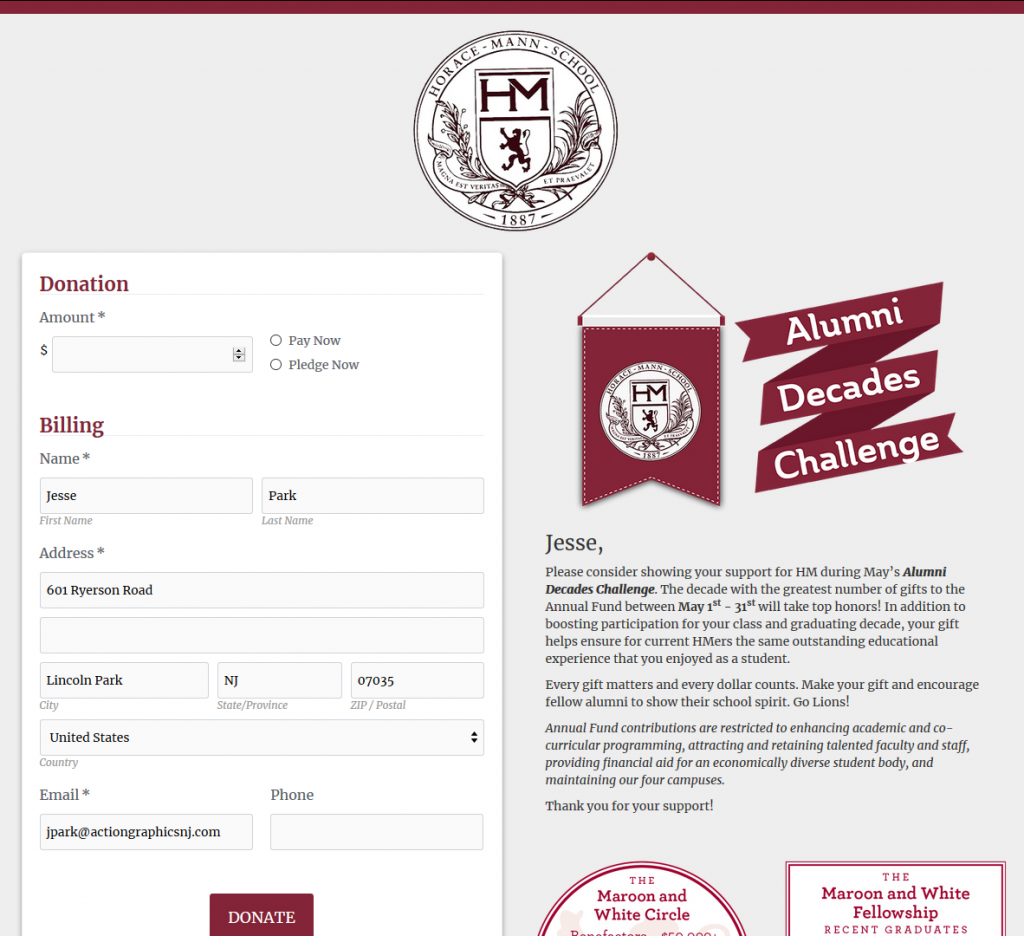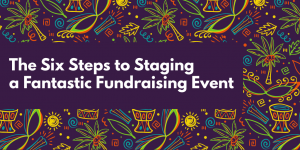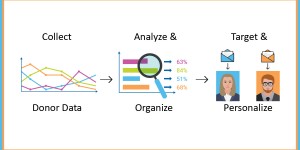In our last post, we discussed how to apply personalization methods to print materials and direct mail through variable data printing. In that article, we hinted at how targeted direct mail can accompany digital strategies. This post will focus on applying personalization to digital media. Before we can dive into how to integrate print and digital media, we must explore how to create effective personalized digital communications.
Like print, being personal with your audience through digital means will boost your fundraising efforts. You will be able to develop relationships with your donors and forge partnerships instead of creating purely transactional engagements.
There are seemingly endless opportunities to personalize digital communications. As in print media, you can version text, images, and graphics for specific audiences. You can also further target and customize content based on past giving history and other data. These methods are a good place to start making your prospective donors feel like more than a name on an email list.
Email Subject
The first piece of content that should come to mind when planning to personalize emails is the subject line. It is the most obvious place to begin and can have a real impact on your outreach. A good place to start is by including your target’s name in the subject line. In fact, a study conducted by AWeber Campaigns found emails containing an individual’s name in the subject line were opened 5.13 percent more frequently than those that did not. The click through rate on personalized emails was even more impressive, 17.36 percent higher for emails containing the recipient’s name in the subject line.
The subject line is not only most obvious place to get started personalizing your emails. It is also one of the easiest! Several services focused on email marketing allow you to send mass email blasts with individually personalized subject lines.
Email Newsletters
Your organization can version e-newsletter content based on targeted groups. For example, include relevant information and progress about projects a donor has contributed to. If you work at a school, consider sending alumni newsletters with information about retired teachers. You could also include photos that will evoke nostalgic feelings.
The idea here is that people are going to be more interested in reading your email newsletter if there is content relevant to them inside. You can even give an option for users to select which topics are interesting to them and send the appropriate content. Consider including applicable topics in the subject line as well.
Personalized Campaign Pages
OK, I know we said we would be discussing print and digital integration later on, but I would be remiss without mentioning the power of PURLs (personalized campaign pages) in digital media. This method is a great way to start with integration while getting personal. By including a PURL in print materials, you can lead donors to individualized web pages featuring the recipient’s name and other relevant information. If you want to hit the ground running with personalizing your digital media, PURLs are a good place to start.
PURLs provide a unique experience for each user. Content on each personalized web page can be tailored to appeal at the individual level. Personalized campaign pages allow you to version text for specific segments of your audience. You can also refer to other materials they have received and their previous donations. This allows you to create personalized ask strings based on past giving history, which can subtly encourage donors to give more than in the past.
Perhaps the most powerful aspect of PURLs is their ability to make it easier for donors to give. The giving process is faster and simpler when information, like the donor’s name and email address, is already filled in for them. Limiting the steps required to give a donation expedites the process, leading to an increase in individual gifts and a smoother user experience.
Other Digital Media
Think of dynamic donation web pages like versioned print materials. For example, you should include different content for existing donors, prospective donors, and lapsed donors. These variations will continue to foster that personal experience and build a relationship with the donor. Someone who has donated to your organization repeatedly does not need to read the same basic information about your program as someone who has never contributed to the cause before. In contrast, prospective first time donors would find this information valuable. Version your web pages so certain targets see the stories that apply most to them.
Successful use of PURLs and dynamic web pages enable you to build trust and loyalty with your donor base. This technique will allow you to analyze donor engagement, so you can adapt future communications appropriately once you get going.
In short, when donors and prospective donors feel like they are being addressed directly, it opens the door for deeper engagement and future donations. The personal touch can go a long way in maximizing your fundraising efforts.








